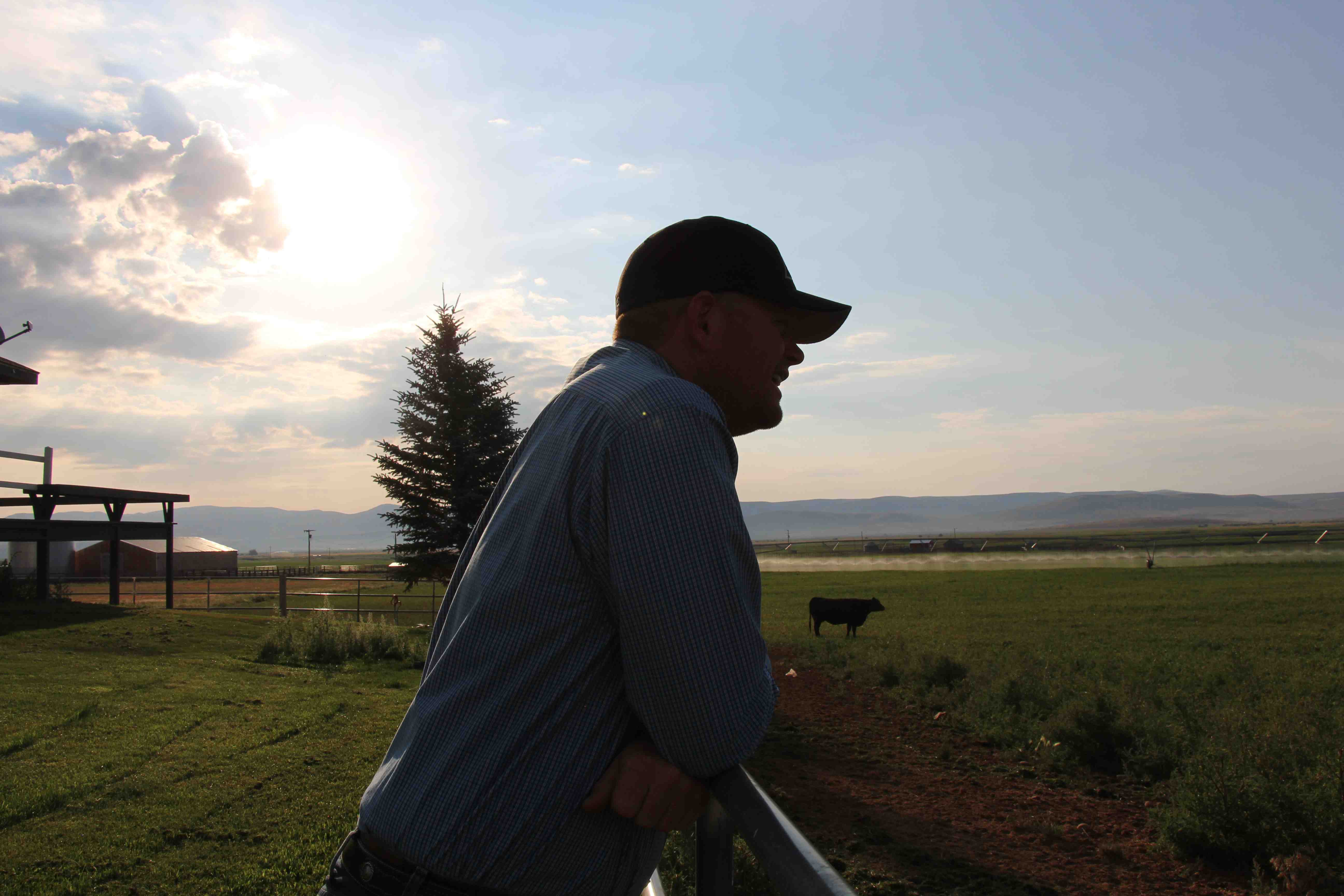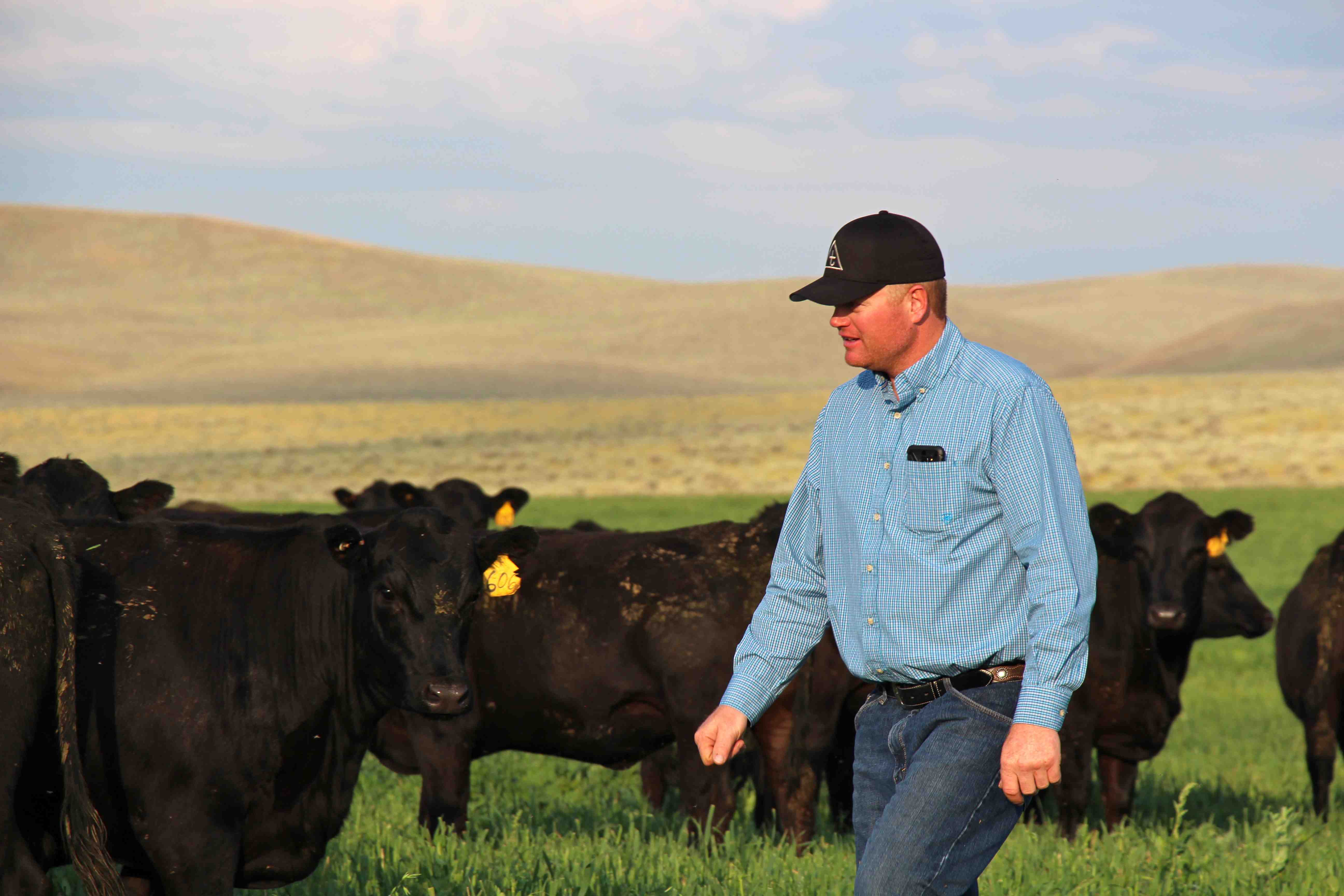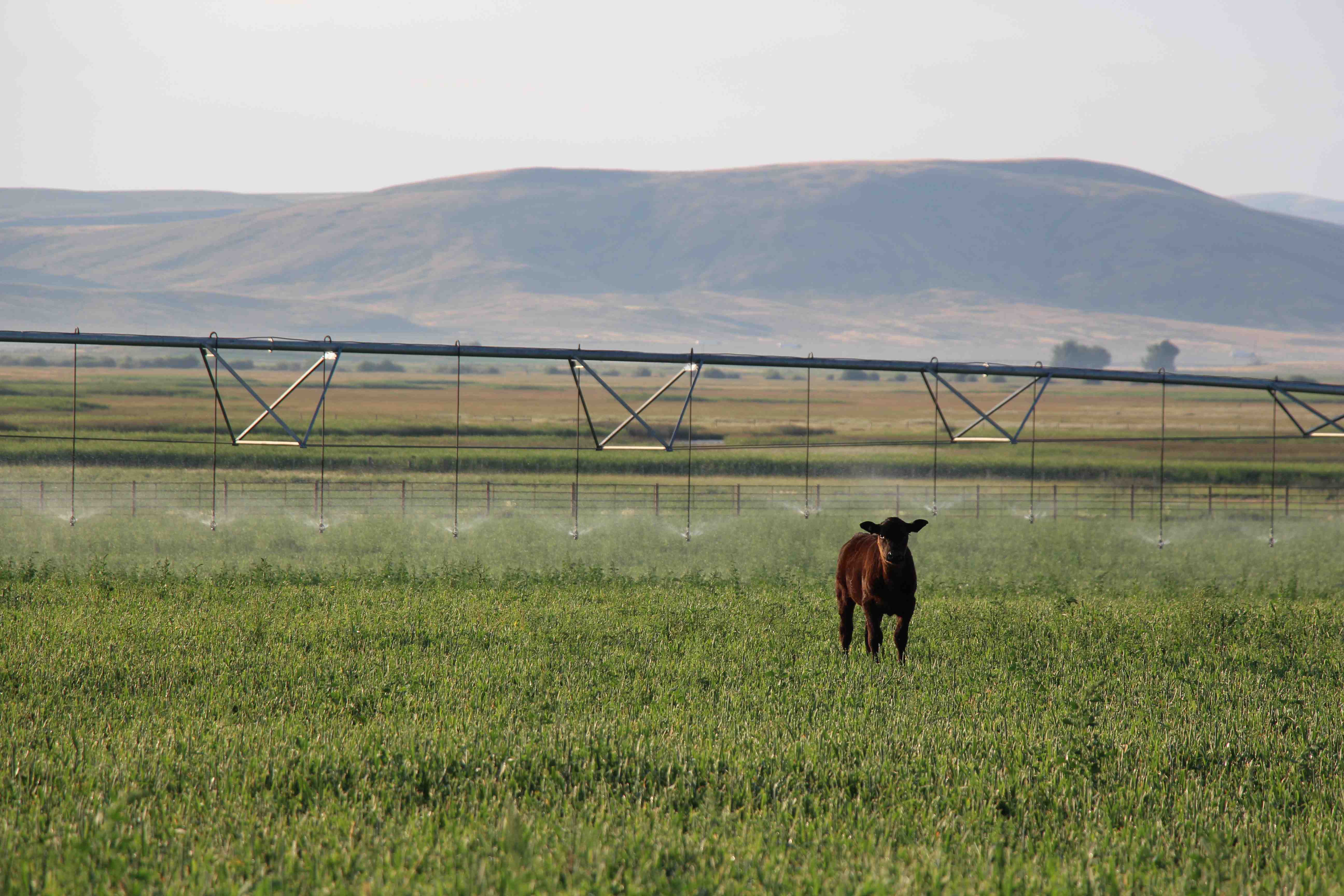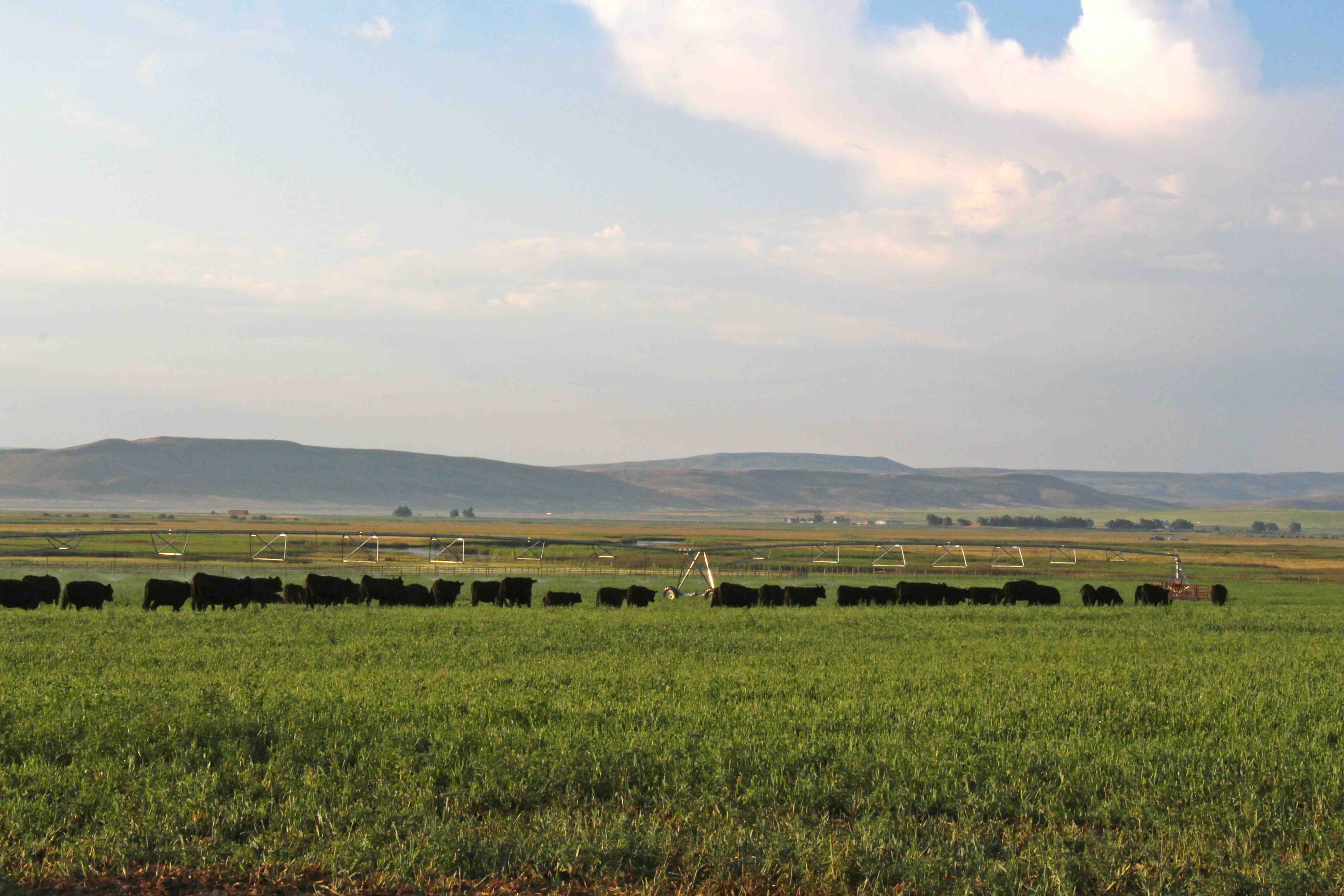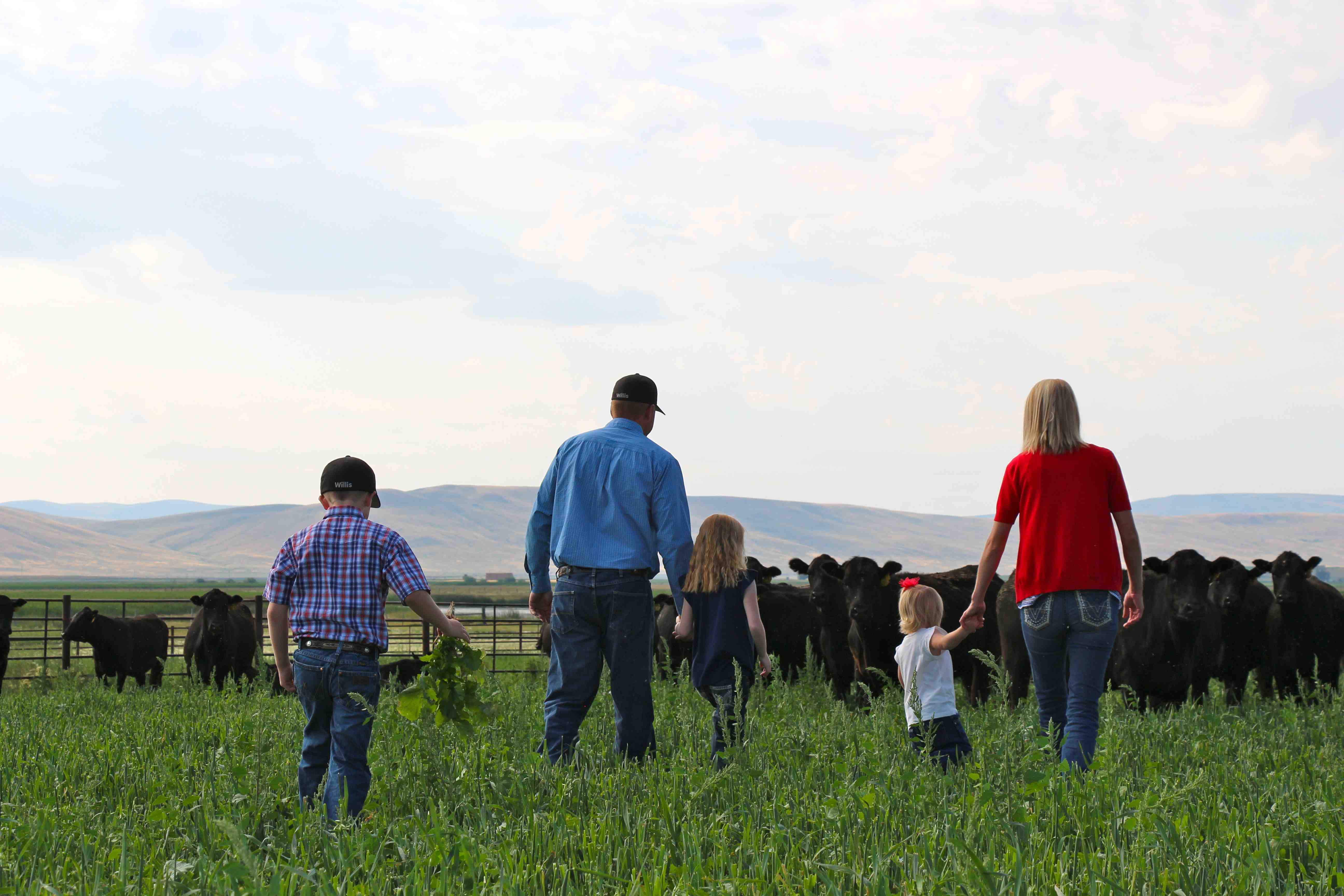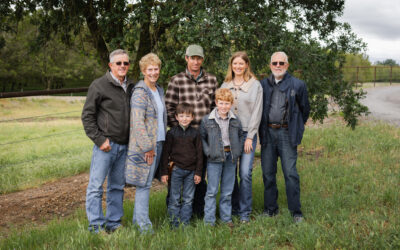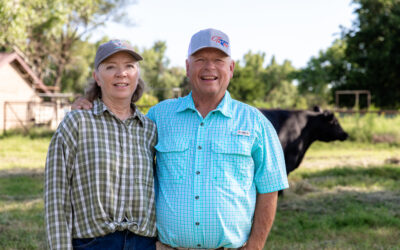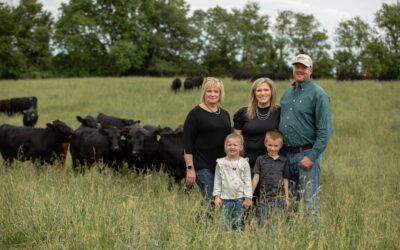Answers out the window
I expected a typical interview. If I’m being honest, maybe even a rushed one.
I’d called Jordan Willis on the fly just a week earlier, asked him if I could snag an early morning on his Wyoming ranch.
“North of Randolph you’ll come to a junction,” he started. “From there I’m just a couple miles on the right.”
I turned my music down and drove the dirt road, thinking of questions I’d like to ask the young cattleman, and feeling pretty far from home.
Jordan met me near the front drive. His brood was still waking up so we decided to chat life and cattle outside with the sunrise.
“In our valley, the younger generation aren’t all taking over,” he explains. What could support a family in the ’60s and ’70s isn’t sustainable today, and neighbors and friends have sold out; some work day jobs.
For Jordan, that wasn’t an option – driven simply by the fact that he wouldn’t allow it.
Instead he’d expand. The leases, cattle and farming.
“It’s always different,” he admits, “and there’re always challenges, but just about when you get discouraged, and don’t think anything’s going to go right, something positive comes out of it.”
Like the time he looked out his kitchen window.
“It was all in native grass,” he says. Originally from Laketown, Utah, it was Jordan’s grandfather who bought the place across the border in the early 1950s. Back then it sustained the cattle but Jordan needed more from the land. His passion was in place and his family was growing.
“We couldn’t find any pasture we liked that was reasonably priced, so we said, ‘Why don’t we just graze them here?’”
So the family plowed and planted.
Alfalfa up to my knees, pivots keeping it a vibrant green, that “here” is 50 feet from Jordan’s front door. Nineteen pivots cover nearly 2,000 acres of flood-irrigated soil and 1,800 Angus surround it.
“We graze around 250 head in the summer and it still grows enough for fall feed,” Jordan says.
By now his kids are up with the sun, we share a breakfast before taking a walk in that field and I feel like we’ve all been friends for years.
“We probably put too much emphasis on data,” he says, acknowledging they don’t retain ownership through the feedyard right now.
We laugh and agree there’s no such thing.
“We’ve outbid registered guys our whole lives to get the bulls we want,” he says. In a sale, he’ll look for growth, uniformity and a frame score of 6 or higher.
“We’re kind of where we want to be,” he says. “Now we’ve gotta fine tune and move our herd forward.”
I’d say he has the generation to get it done.
Thanks for allowing me to tell your story,
Laura
PS – To learn more about the Willises and the technology they use to grow a successful herd, check out this month’s Angus Beef Bulletin or February’s Angus Journal.
You may also like
Legacy in the Golden Land
On a quiet stretch of Northern California rangeland, a different story unfolds. The Borror family’s legacy modestly speaks through the cattle they raise, the ground they steward. The generations who’ve made a life here demonstrate commitment to doing things right, even when no one is watching.
Helping Hands, Helping Herds
“When I die, I want to come back as one of your cows,” murmurs a friend to Steve Zybach. Full to the brim from an alfalfa ration every day, bountiful fields of lovegrass stretched out across the Texas Panhandle—and owners who leave no ounce of cattle care up for question. The Zybachs’ motivation for this level of dedication to their Angus cattle is simply love.
An Ambassador for All
Joanie, with daughter Lindsey and her husband, Adam Hall, raise registered Angus cattle with two primary goals: producing high-quality seedstock that perform well in a wide variety of environments and ensuring end-user satisfaction. Those goals tie everything together, from promoting Angus to other producers to sharing their story with CAB partners and beef consumers.

